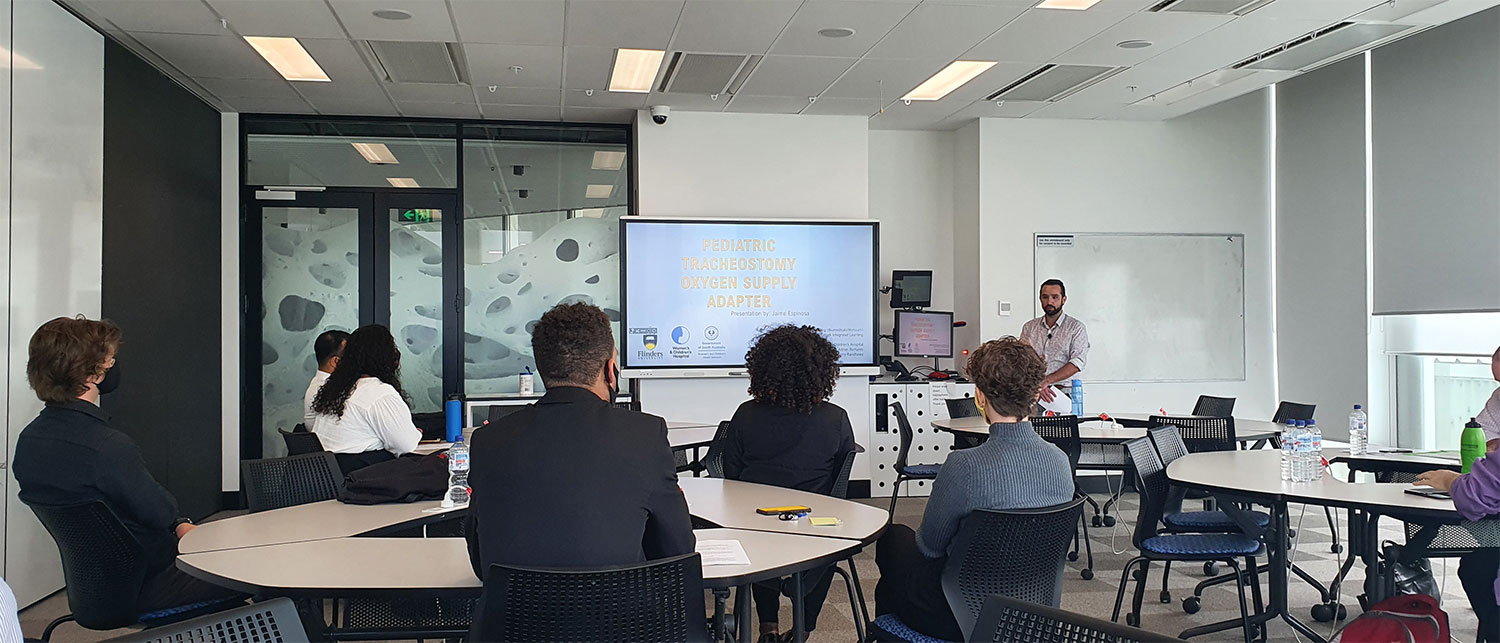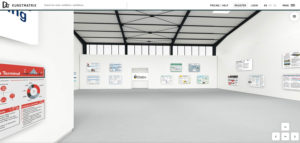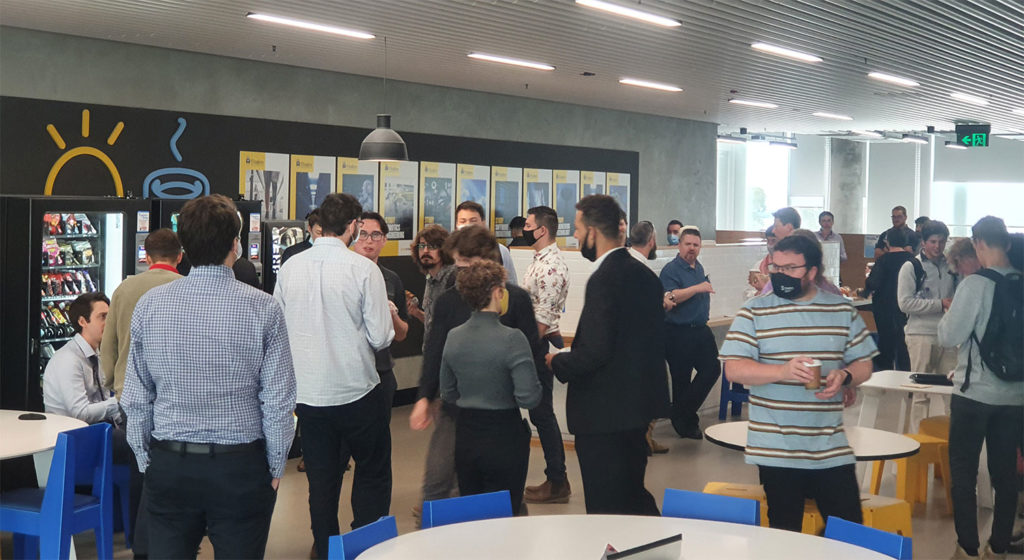
The annual WIL Showcase event took place at the Tonsley Innovation District on Wednesday November 24. Despite the covid restrictions, it was another successful event with some inspiring work being exhibited from WIL students across the engineering disciplines.
Senior Lecturer Dr David Hobbs has been a judge for the biomedical entrants for several years. “The WIL (Work Integrated Learning) Showcase is when we bring all our WIL students – who are currently undertaking placements or internships with Industry – back to campus so we can hear what they’ve been up to! Each student is required to give a 5-minute presentation that explains where they are, what they are working on, and what they’ve achieved to date. We also ask them to create a poster that explains their project.”
Not only was the work the students put on display impressive, the covid limitations required its own ingenuity to overcome for organisers to make the event an inclusive experience. “We couldn’t host all our industry colleagues on campus like we usually do so we adopted a hybrid approach and livestreamed all our non-IP sensitive sessions and created a virtual online Showcase.”
*

The virtual showcase can be viewed here:
Biomedical Engineering
Civil Engineering
Electrical, Electronic and Robotic Engineering
Mechanical Engineering
IT and Software Engineering
*
Not only is the WIL Showcase a celebration of student achievement, it’s also a celebration of the connection to industry and the future possibilities that creates.
Manager of Biomedical Engineering at the Children’s Adelaide, Dr Adrian Richards, is a long-time judge of the WIL Showcase. “The whole event is always fantastic. I really can’t wait to kind of see the showcases. And I’m continually impressed and amazed by the diversity and how the students extend themselves beyond their course work and their time at University. It’s really rewarding.”
Biomedical Engineering student, Jamie Espinosa, was just one of many examples who experienced just that throughout the WIL program and into the showcase.
“It was a good experience actually seeing what the real-world applications of what we’re doing. When you’re doing during the placement, there’s a lot of stuff that we don’t learn at university – how to diagnose problems with medical equipment, working with external companies was really eye opening and how difficult the application processes to the TGA is and how stringent they are and how costly they can be.”

For Jamie, the experience and benefits ran far deeper than the project and placement. “It has been really good for making contacts, especially with very prominent people within the biomedical engineering industry in South Australia – potential employers as well as really good connection-building period.”
Adrian Richards also sees the benefits from a potential employer point of view. “It gives students the opportunity to really put their learnings in practice and see them applied very wide range and diverse settings within industry. We are very heavily involved in the WIL program typically will take one or two students in biomedical program.”

